Hatay's Uzun Çarşı (Long Bazaar) before and after the earthquake.
Click to read the article in Turkish
The Public Health Experts Association (HASUDER) prepared a report called the Hatay Report on the consequences of and the facts about the February 6 earthquakes in Hatay.
Four professors, one associate professor and one doctor prepared the HASUDER report through their direct observations and studies in the city. The report reveals that the facts related to the February 6 earthquakes are far more severe than those who are responsible for "disaster management" say, including the President, the Interior, Defense and Health Ministers of Türkiye, the Disaster and Emergency Management Presidency (AFAD), and the Red Crescent.
There was no preparation for the earthquake
The report clearly presents that the possible destruction in Hatay was known exactly before the February 6 earthquakes.
In the last workshop held in the city it was foreseen that at least 30 thousand people would die in a 7.5 magnitude earthquake if no improvements are made. There were no improvements and even more people died.
According to the scenario of a 7,5 magnitude earthquake studied in a last workshop held in the scope of the Hatay Province Disaster Risk Minimization Plan (İRAP), it was foreseen that around 52 thousand of the nearly 58 thousand buildings in the Antakya district would collapse, and that 30 thousand people would be killed in the whole of Hatay.
Therefore the HASUDER reports identifies the fact that the necessary measures have not been taken and first of all improvements have not been made concerning such a large number of buildings, as the main reason for the losses in the city.
Rescue started late, AFAD was inefficient
The report also reflects that all who lived through the earthquake in Hatay insist that there was no systematic rescue work carried out in the first 48 hours. It was possible to rescue only a limited number of people in the first two days with the efforts of individuals, a small number of volunteers who arrived from civil society organizations and with the means available locally.
AFAD was late in responding, and inefficient in coordination especially in the first period. The common opinion of public workers or NGO officials who are trying to support the rescue and relief efforts in Hatay is centralizing the decision making only increased bureaucracy, not madeit possible to use the means available and caused a loss of time.
Lack of coordination of aid
The report also emphasizes lack of coordination in the delivery and coordination of aid materials, especially in the first days. Based on the observations between February 12-17, it notes that many trucks full of aid materials entered Hatay but there were still problems in getting these to the people who needed them.
60 thousand deaths estimated in Hatay
Although 36 thousand was the last earthquake toll announced officially at the time they left Hatay, the report reflects that estimations are being made that at least 60 thousand people may have lost their lives only in Hatay in the meetings with the local administrators and academicians.
People are burying their dead immediately in the rural areas therefore there are many deaths that have not yet been registered.
This was a period when "there were dead bodies on the streets" and "the dead and the ill were together in the hospitals," according to the reflections of the people in the city.
Discrimination
The report also reflects that the people in Hatay largely feel that they have been discriminated against. Besides communication and transportation difficulties, they see their ethnic origin and political tendencies as a reason for this, and expressing that the discrimination already in place has continued through the disaster also.
Proposals in the report
The report both identifies and criticizes existing problems and also makes proposals and sets expectations and hopes for the future.
Some proposals made in the report are the following:
► Losses of life and property is inevitable after an earthquake of this magnitude, and will take place even with the best and quickest response to it. However in this case the reason for increased losses was the lack of a successful risk management following the quake.
► Even two-floor buildings were heavily damaged in the province, and most multi-floor buildings have collapsed. It is very important not to make the same mistakes in the reconstruction stage. Constructing buildings similar to the old ones in their old places will be the new threat we will face.
► We should advance towards healthy, sustainable cities with strong, earthquake-resistant buildings built according to the land surveys with the participation of the society.
► The citizens have the right to buildings where they can live and work safely. The future construction plans should be based on this approach.
► The citizens should be able to take advantage of this right and have power in the control processes. A participatory disaster management process should be organized where citizens are not excluded due to their identities and they do not feel that this is happening.
►All those responsible should be accountable for this and the participation of all sections of the society should be encouraged. (AEK/PE)




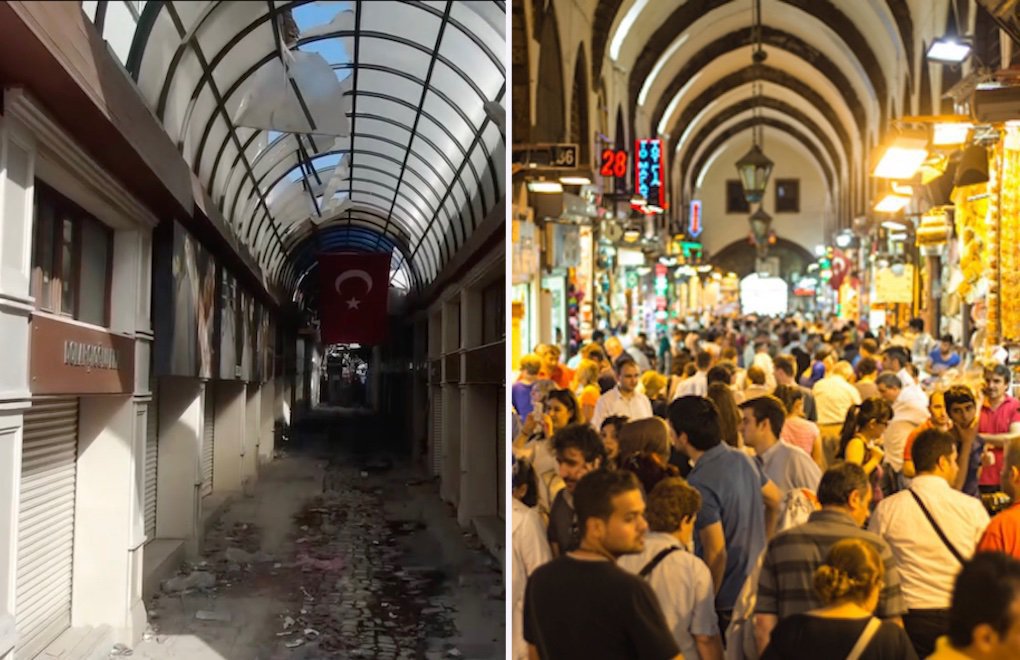
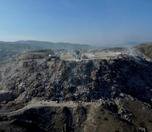
.jpg)
.jpg)
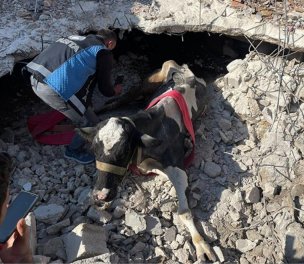
as.jpg)
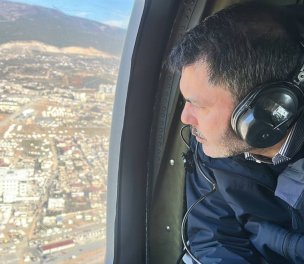
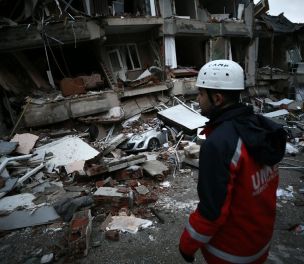

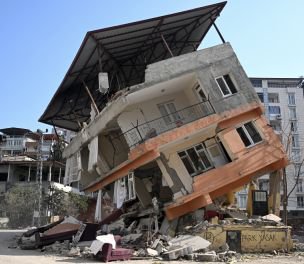
.jpg)